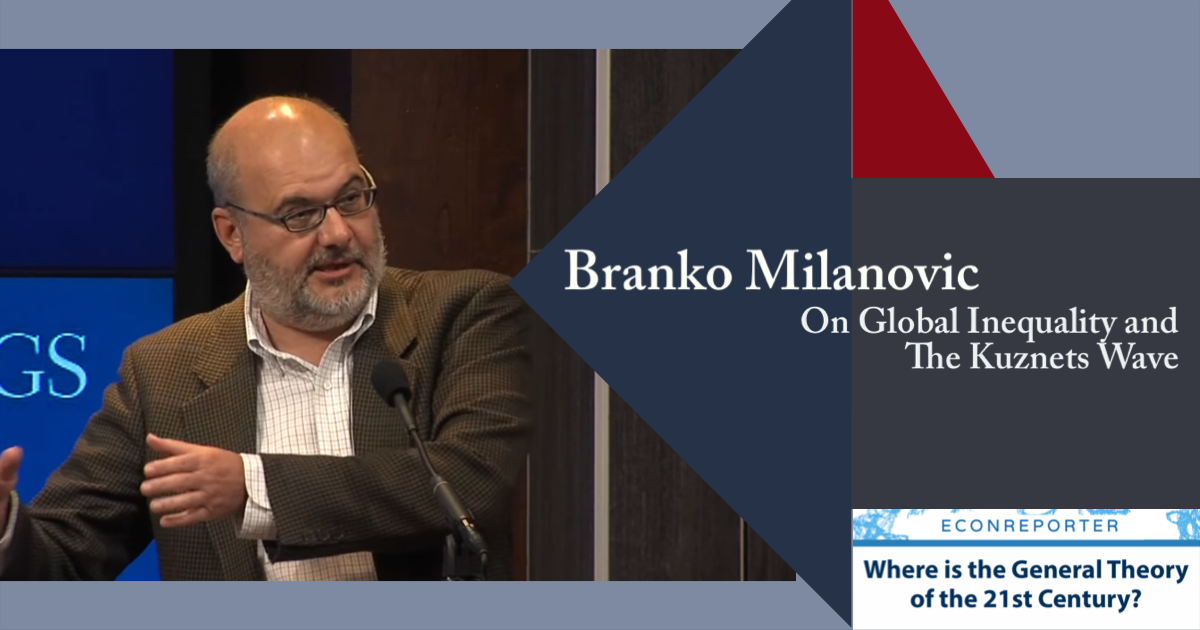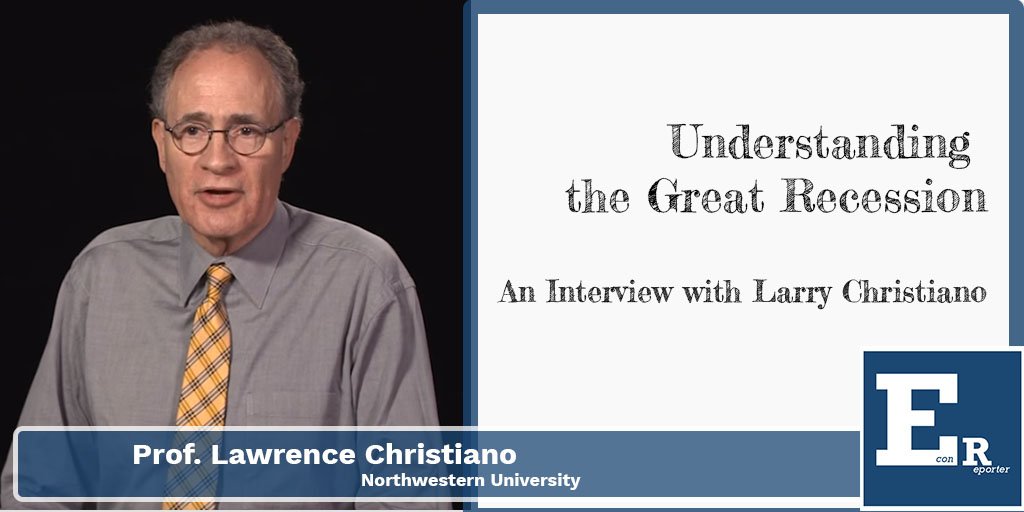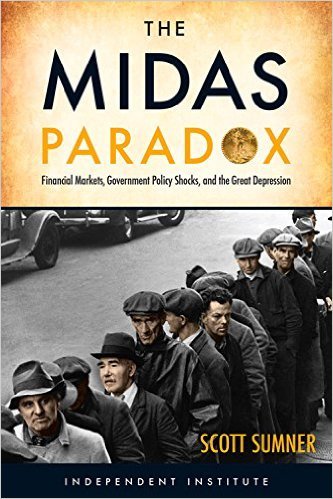Gauti B. Eggertsson, Manuel Lancastre, and Lawrence H. Summers explain in their paper “Aging, Output Per Capita and Secular Stagnation” the role of aging in the Secular Stagnation model.
One purpose of the research is to reply Acemoglu and Restrepo’s finding that, contrary to the popular perception, aging may not be associated with a decline in output growth per capita.
The three researchers, referring to a 1990 research by Cutler, Poterba, Sheiner, and Summer, listed three possible effects of aging to output per capita :
1) It reduces the fraction of active workers in the population thereby decreasing output per capita,
2) it can increase capital per worker via capital deepening potentially offsetting the first effect, and
3) it can induce a positive technical change due to a relative labor force scarcity that triggers labor saving and technological innovation thus increasing total factor productivity (TFP) that also may offset 1).
Acemoglu and Restrepo’s finding suggested that the 3) channel is prominent, hence aging would not lead to secular stagnation. In this paper, Eggertsson et al. demonstrated that the 2) channel is more prominent but it depends on a flexible real interest rate. When the economy hit the zero lower bound and the real interest rate can’t lower to stimulate investment, the “positive” effect of aging on GDP per capita no longer prevail and secular stagnation sets in.
Above is the primary empirical evidence that Eggertsson et al. put forth. The first panel shows a positive relationship between change in the ratio of old to working-age adults and the growth in GDP for sampled countries in between 1990 and 2008. This is a similar result Acemoglu and Restrepo have shown in their research.
However, when Eggertsson et al. divide the data in into two segments, one from 1990 to 2008 and another from 2008 to 2015, they find that the positive correlation broke down during the post-Great Recession period.
In their model, Eggertsson et al. explain that after the ZLB became bounding, the real interest rate cannot adjust to the capital deepening resulted from aging, the stimulative effect of a fall in real interest rate is no longer there. Hence, aging together with ZLB lead to secular stagnation.
Here is the link to the paper:
Aging, Output Per Capita and Secular Stagnation
NBER Working Paper No. 24902 Issued in August 2018 NBER Program(s):Economic Fluctuations and Growth, Monetary Economics This paper re-examines the relationship between population aging and economic growth. We confirm previous research such as Cutler, Poterba, Sheiner, and Summers (1990) and Acemoglu and Restrepo (2017) that show positive correlation between measures of population aging and per-capita output growth.
>>> You can follow EconReporter via Bluesky or Google News











